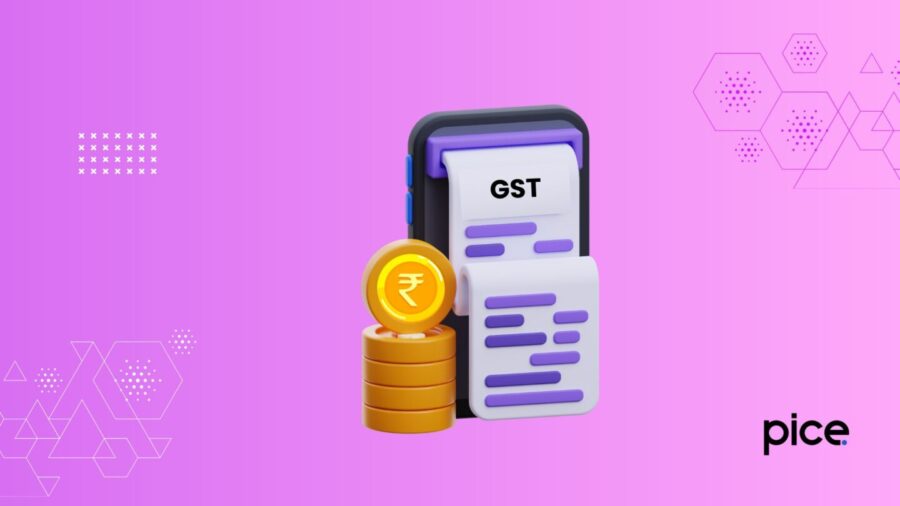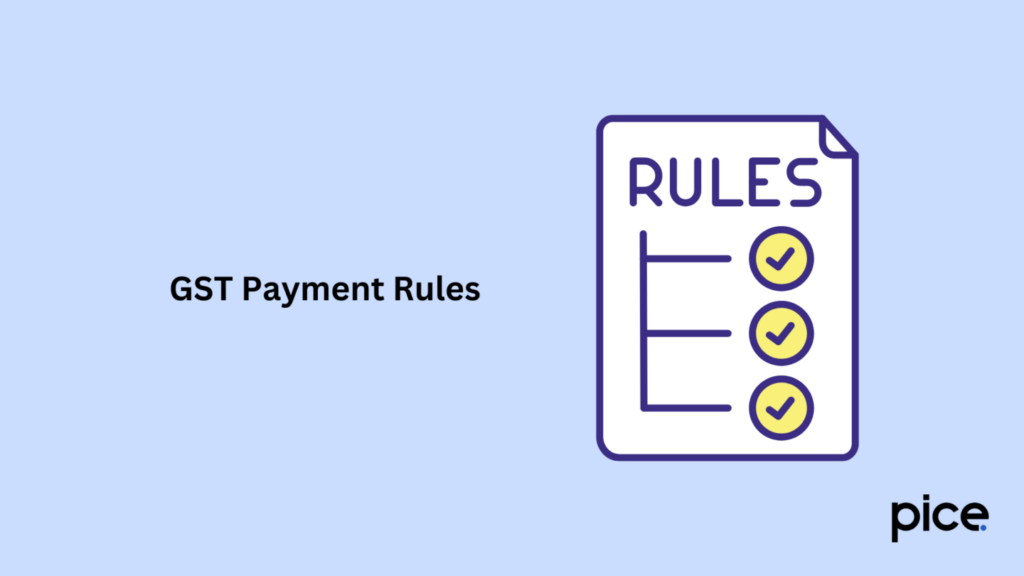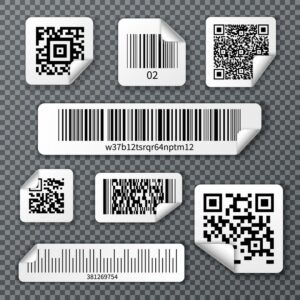Know all Main Features of GST Payment Process
- 5 Sep 24
- 6 mins

Know all Main Features of GST Payment Process
Key Takeaways
- Timely GST payments ensure compliance and avoid penalties, with monthly returns typically due on the 20th.
- The GST payment process is simplified through online methods, including internet banking, debit/credit cards, and NEFT/RTGS.
- Maintaining electronic ledgers (liability, credit, and cash) is crucial for accurate tax management and utilization of input tax credits.
- Real-Time Gross Settlement (RTGS) ensures swift and accurate settlement of large-value transactions, preventing delays and mismatched details.
- Automated compliance through the GST portal reduces manual errors, streamlining the tax payment process and easing the compliance burden on businesses.
The Goods and Services Tax (GST) payment process is integral to ensuring compliance and efficient tax management for businesses. Understanding the main features, rules, and steps involved can help streamline your tax-related tasks.
GST Payment Rules

GST payment rules are designed to ensure timely and accurate tax remittance. Key points include:
- Taxpayer Categories: Different taxpayer categories include regular taxpayers, composition dealers, casual taxable persons, and non-resident taxable persons.
- Tax Payment Due Dates: Payments are generally due on the 20th of the following month for monthly returns (GSTR-3B).
- Challan Generation: Payments must be made using a GST challan, which can be generated on the GST portal.
Steps for GST Online Payments
Making GST payments online is a straightforward process. Here are the steps involved:
Step 1: Login to GST Portal: Use your credentials to access the GST portal.
Step 2: Go to Payment Section: Navigate to the ‘Services’ section and select ‘Payments’.
Step 3: Create Challan: Fill in the necessary details to generate the challan.
Step 4: Choose Payment Method: Select from available payment methods like internet banking, debit/credit card, or NEFT/RTGS.
Step 5: Make Payment: Complete the payment process and note the transaction reference number.
GST Payment Challan – Components
A GST payment challan comprises several components, including:
- GSTIN of the taxpayer: A unique identification number.
- Challan Number: A unique number for each challan.
- Payment Details: Breakup of CGST, SGST, IGST, and Cess.
- Mode of Payment: Details of the selected payment method.
GST Payment Process
The GST payment process involves maintaining three key electronic ledgers:
Electronic Liability Ledger
- Purpose: Records the total tax liability for a taxpayer.
- Details: Includes tax, interest, penalty, fee, or any other amount payable.
Electronic Credit Ledger
- Purpose: Contains the input tax credit (ITC) available to offset against tax liabilities.
- Usage: ITC can be used to pay IGST, CGST, and SGST liabilities.
Electronic Cash Ledger
- Purpose: Shows the cash deposits made by the taxpayer for tax payments.
- Usage: Used for making tax payments when ITC is insufficient.
Manner of Utilization and Cross-utilization of ITC
- Order of Utilization: ITC for IGST is first utilized against IGST liability, followed by CGST and SGST.
- Cross-utilization: IGST credit can be used to pay IGST, CGST, and SGST liabilities, while CGST and SGST credits can only be used for their respective liabilities.
Interest on Delayed Payments
- Interest Rate: Typically, 18% per annum is charged on late payments.
- Calculation: Interest is calculated from the due date to the actual payment date.
GST Payment Forms
- Form GST PMT-06: Used for making payments of tax, interest, penalty, fees, etc.
Additional Points to Ponder
- Unique Identification Number: Each transaction is assigned a unique ID for tracking purposes.
- Online Payments: Encourages timely and transparent payments.
- Compliance Automation: Simplifies the tax payment process, reducing manual errors.
Importance of Payment Process

- The Real-Time Gross Settlement (RTGS) system is crucial for ensuring that large-value transactions are processed swiftly and efficiently. It is widely used by banks, including popular banks like the Bank of Baroda, to provide seamless banking services to their customers. Authorized banks use RTGS to settle payments in real time, ensuring that there are no delays in transaction processing.
- This is particularly important for businesses that need to manage their input tax credit ledger and GST payment ledgers accurately. Errors in challan details or mismatched details can lead to delays and penalties, making real-time settlement a vital part of the payment process.
- For businesses dealing with imports of services, timely and accurate settlement of payments through RTGS can help avoid potential penalties for late payment. The GST payment process involves maintaining various ledgers, including the electronic tax liability register and the electronic cash ledger, which need to be updated in real time to reflect accurate tax liabilities and credits.
- The online GST portal facilitates this process, providing a step-by-step guide to ensure that all mandatory details are correctly entered, and payments are settled without errors. This streamlined process reduces the compliance burden on businesses, allowing them to focus on their core activities and ensuring that returns are filed on time.
Conclusion
The GST payment process is essential for maintaining compliance and ensuring the smooth functioning of the supply chain. By understanding the rules, steps, and components involved, businesses can better manage their tax liabilities and take advantage of the benefits of a unified tax system.
💡If you want to pay your GST with Credit Card, then download Pice Business Payment App. Pice is the one stop app for paying all your business expenses.
 By
By 
















